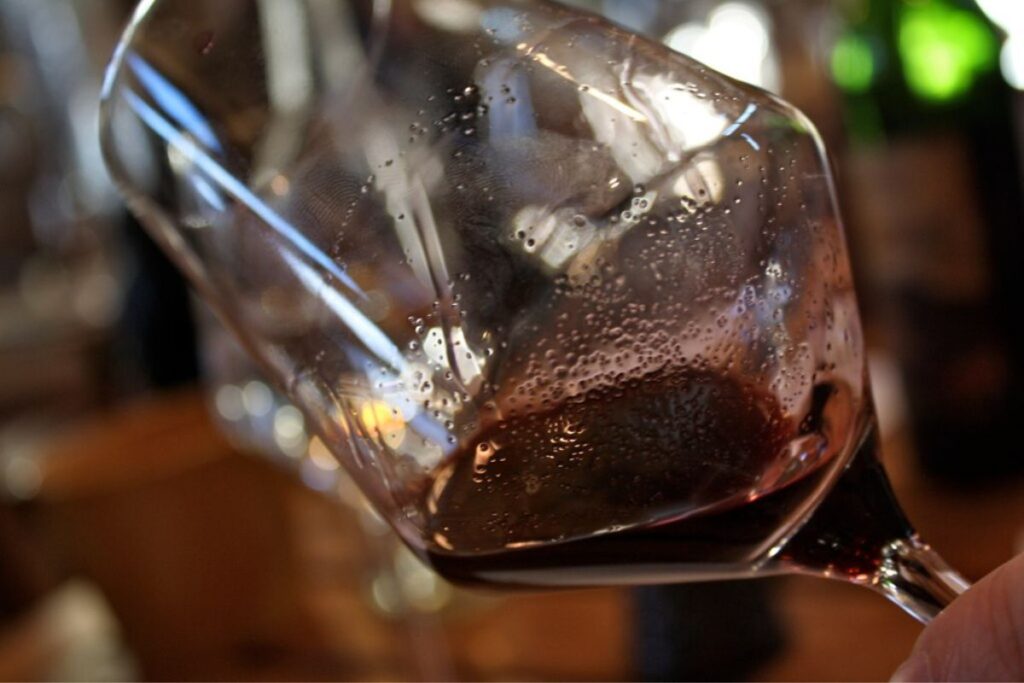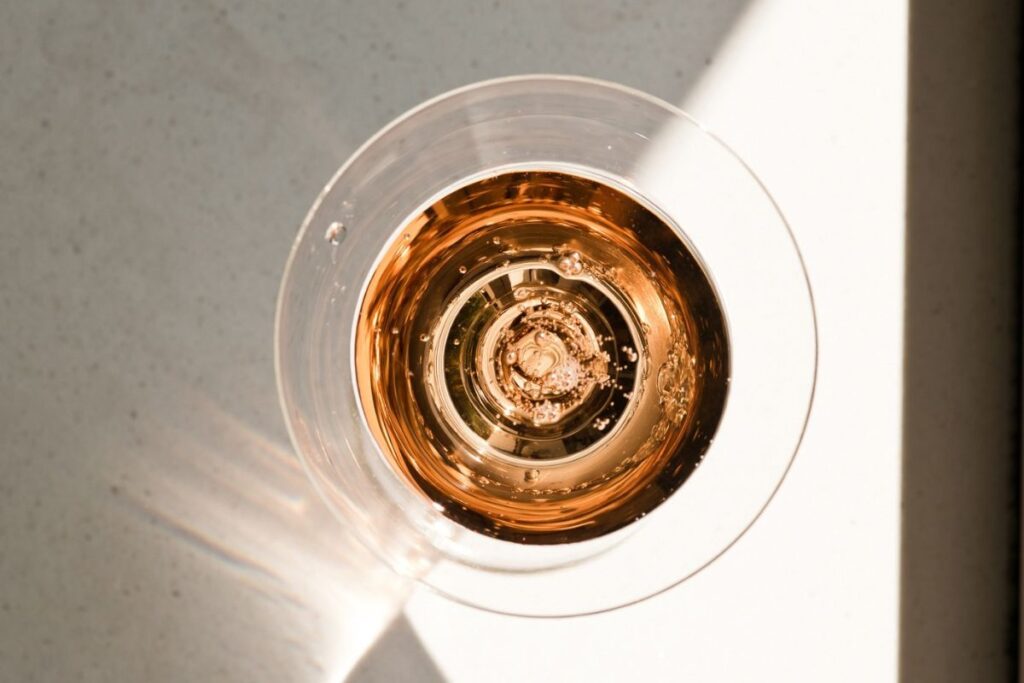
Sediment in Wine: What It Is, Why It Happens, and Why It’s Actually a Good Thing
Ever poured a bottle of wine and noticed something unexpected on the cork or at the bottom of your glass? Maybe a few tiny crystals or a bit of gritty residue? You’re not alone, and the good news is, there’s no need to worry. Sediment in wine is completely natural and harmless, and in many cases, a sign of quality craftsmanship.
So, what is sediment?
Sediment refers to the tiny solids that you might see in the neck or at the bottom of a wine bottle. These can be:
Tartrate crystals – sometimes called “wine diamonds,” these form from tartaric acid, one of wine’s natural grape acids.
Grape solids – bits of skins, seeds, and stems that may remain in minimally processed wines.
Tannins and proteins – natural compounds that can bind together and settle out over time.

Why does it happen?
Sediment often appears in wines that are made with minimal intervention, meaning they’re not aggressively filtered or fined before bottling. This approach helps preserve aroma, texture, and flavor, but it also means that over time, some of the wine’s natural compounds may settle out.
At Baldacci, many of our red wines are bottled unfined and unfiltered to honor the purity of the fruit and our vineyards. It’s a choice that reflects our commitment to quality, even if it means the occasional bit of sediment in your glass.
Why don’t all wines have sediment?
Most bulk-produced wines are heavily filtered and fined to ensure they stay perfectly clear on the shelf. This makes them look flawless, but it can also strip away some of the wine’s nuance and character. In contrast, premium and age-worthy wines often skip these aggressive processes in favor of a more hands-off, authentic expression.
What should I do if I see sediment?
As mentioned, sediment is completely natural and harmless, so there’s no need to worry. But if you want a perfectly clear glass, here are a couple of easy tips:
If you notice sediment near the cork or neck of the bottle, a quick splash of wine into a glass can help rinse it away. You can also wipe the inside of the neck with a clean towel before pouring.
Let the bottle stand upright for a few hours (or even overnight) before serving.
Pour gently, especially as you get toward the bottom of the bottle.
For older or more structured wines, you can decant to separate the wine from the sediment.
Sediment is a natural part of wine that’s made with integrity. It doesn’t mean the wine is flawed; it means that it hasn’t been overly manipulated. It’s a small reminder that you’re drinking something crafted with care, not made to be perfect on a grocery store shelf.
So next time you spot a little sediment in your glass, you can sip easy knowing it’s a sign your wine was made with intention, not shortcuts.
Sources
Bird, D., & Quille, N. (2021). Understanding Wine Technology: The Science of Wine Explained (4th ed.). DBQA Publishing.
Goode, J. (2021). The Science of Wine: From Vine to Glass (3rd ed.). University of California Press.
Wine & Spirit Education Trust (2024). Wine Production.

Diana Petriella
Diana Petriella is a Certified Sommelier and DipWSET Candidate with a deep passion for wine education and storytelling. As part of the team at Baldacci Family Vineyards, she shares insights into the world of wine, from vineyard to glass.